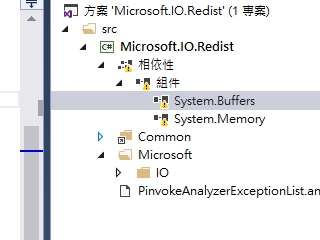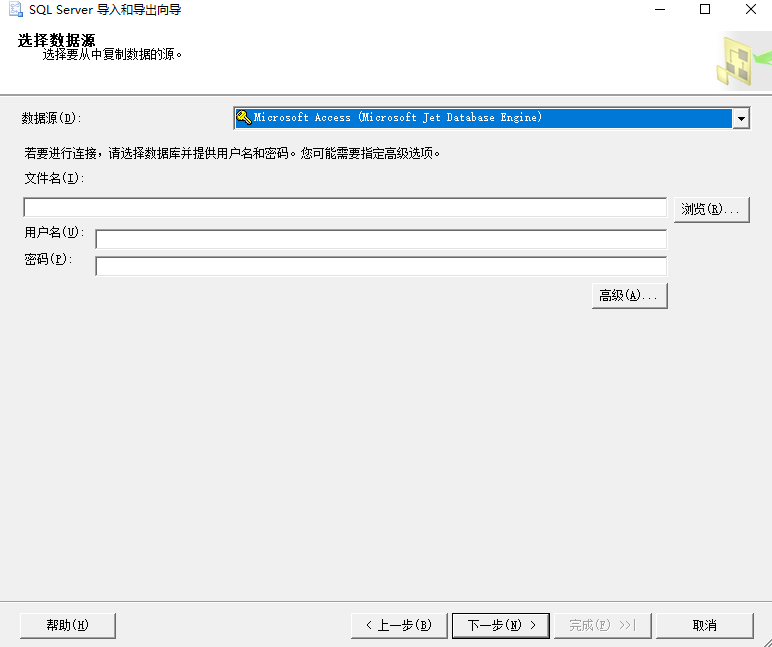I am facing this problem of passing data between two states without exposing the data in the url, it\'s like user cannot really directly land on this state.
For example.
I have two states \"A\" and \"B\".
I am doing some server call in state \"A\" and passing the response of the call
to state \"B\". The response of the server call is a string message, which is quite long, so i cannot expose that in the url.
So is there any way in angular ui router to pass data between states, without using url params ?
We can use params, new feature of the UI-Router:
API Reference / ui.router.state / $stateProvider
params A map which optionally configures parameters declared in the url, or defines additional non-url parameters. For each parameter being configured, add a configuration object keyed to the name of the parameter.
See the part: \"...or defines additional non-url parameters...\"
So the state def would be:
$stateProvider
.state(\'home\', {
url: \"/home\",
templateUrl: \'tpl.html\',
params: { hiddenOne: null, }
})
Few examples form the doc mentioned above:
// define a parameter\'s default value
params: {
param1: { value: \"defaultValue\" }
}
// shorthand default values
params: {
param1: \"defaultValue\",
param2: \"param2Default\"
}
// param will be array []
params: {
param1: { array: true }
}
// handling the default value in url:
params: {
param1: {
value: \"defaultId\",
squash: true
} }
// squash \"defaultValue\" to \"~\"
params: {
param1: {
value: \"defaultValue\",
squash: \"~\"
} }
EXTEND - working example: http://plnkr.co/edit/inFhDmP42AQyeUBmyIVl?p=info
Here is an example of a state definition:
$stateProvider
.state(\'home\', {
url: \"/home\",
params : { veryLongParamHome: null, },
...
})
.state(\'parent\', {
url: \"/parent\",
params : { veryLongParamParent: null, },
...
})
.state(\'parent.child\', {
url: \"/child\",
params : { veryLongParamChild: null, },
...
})
This could be a call using ui-sref:
<a ui-sref=\"home({veryLongParamHome:\'Home--f8d218ae-d998-4aa4-94ee-f27144a21238\'
})\">home</a>
<a ui-sref=\"parent({
veryLongParamParent:\'Parent--2852f22c-dc85-41af-9064-d365bc4fc822\'
})\">parent</a>
<a ui-sref=\"parent.child({
veryLongParamParent:\'Parent--0b2a585f-fcef-4462-b656-544e4575fca5\',
veryLongParamChild:\'Child--f8d218ae-d998-4aa4-94ee-f27144a61238\'
})\">parent.child</a>
Check the example here
The params object is included in $stateParams, but won\'t be part of the url.
1) In the route configuration:
$stateProvider.state(\'edit_user\', {
url: \'/users/:user_id/edit\',
templateUrl: \'views/editUser.html\',
controller: \'editUserCtrl\',
params: {
paramOne: { objectProperty: \"defaultValueOne\" }, //default value
paramTwo: \"defaultValueTwo\"
}
});
2) In the controller:
.controller(\'editUserCtrl\', function ($stateParams, $scope) {
$scope.paramOne = $stateParams.paramOne;
$scope.paramTwo = $stateParams.paramTwo;
});
3A) Changing the State from a controller
$state.go(\"edit_user\", {
user_id: 1,
paramOne: { objectProperty: \"test_not_default1\" },
paramTwo: \"from controller\"
});
3B) Changing the State in html
<div ui-sref=\"edit_user({ user_id: 3, paramOne: { objectProperty: \'from_html1\' }, paramTwo: \'fromhtml2\' })\"></div>
Example Plunker



